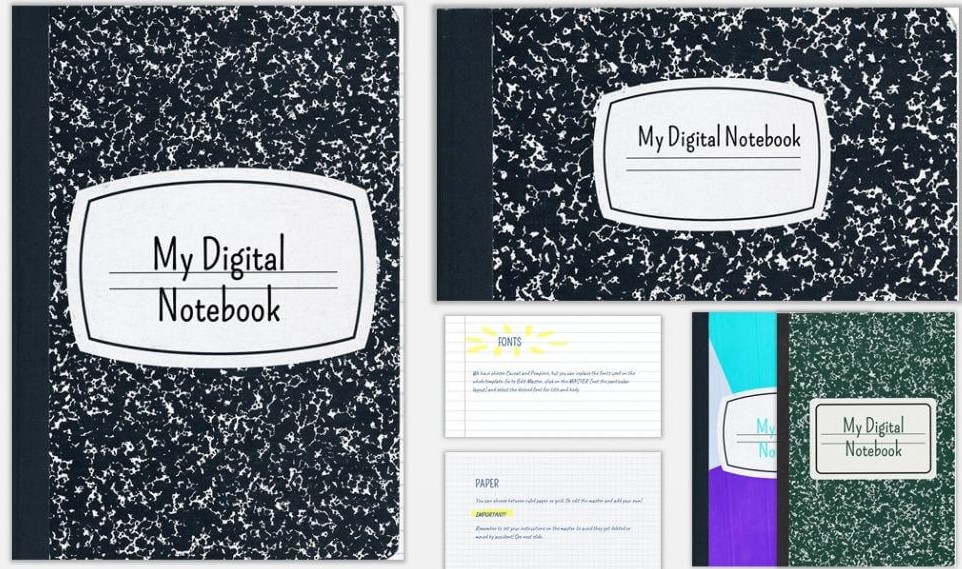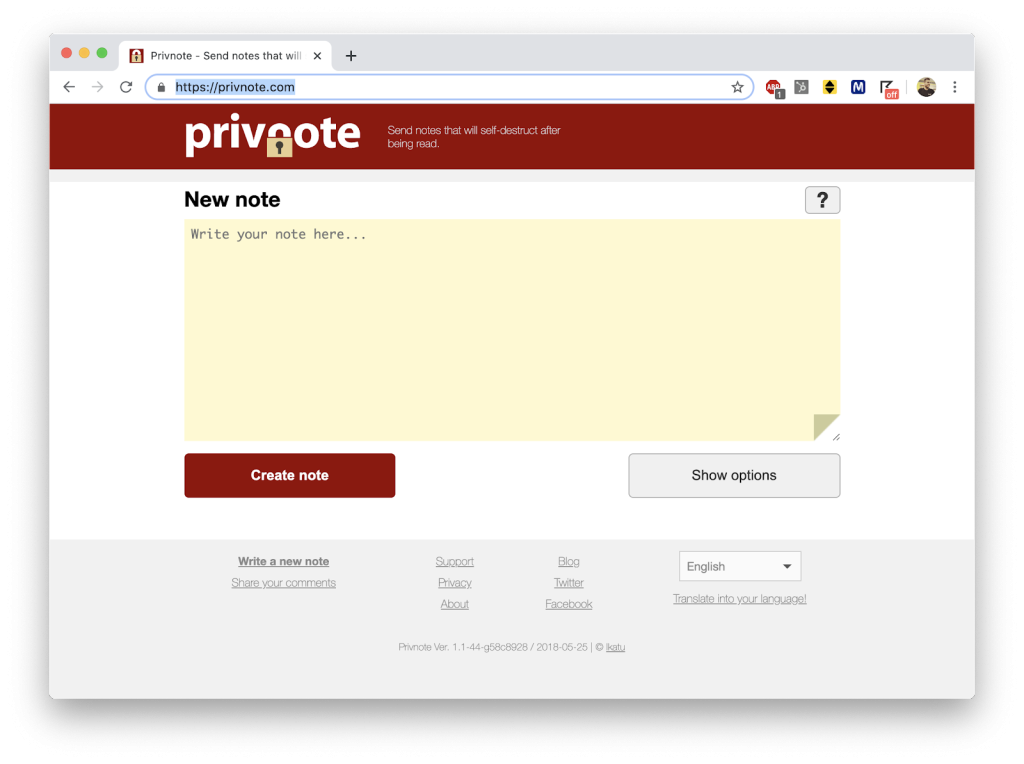Artificial Intelligence AI is revolutionizing data analysis within Microsoft Excel, transforming it from a simple spreadsheet tool into a powerful engine for insights and decision-making. Traditionally, Excel has been the go-to platform for data management and analysis, but integrating AI has elevated its capabilities, making it not only more intuitive but also significantly more efficient. This integration is largely driven by advancements in machine learning algorithms and natural language processing, which have been seamlessly incorporated into Excel’s ecosystem. One of the most significant ways AI enhances Excel is through its predictive analytics capabilities. With AI, Excel can now forecast future trends based on historical data. This feature, known as Forecast Sheets, allows users to create sophisticated time series forecasts with minimal effort. By leveraging machine learning models, Excel can analyze data patterns and make accurate predictions, which is invaluable for businesses seeking to anticipate market trends or manage inventory levels. This predictive power extends beyond basic trendlines; it includes advanced statistical models that were previously accessible only through specialized software or data science expertise.
Another transformative aspect of Excel AI is its data cleaning and preparation functionalities. Data preparation is often one of the most time-consuming tasks in data analysis, involving the identification and correction of errors, inconsistencies, and missing values. AI-driven features in Excel, such as Data Types and Data Insights, automate much of this process. For example, Excel can now automatically recognize and categorize data into various types, such as dates, locations, or financial figures. This automation reduces the manual effort required and minimizes human error, ensuring that the data is ready for analysis more quickly and accurately. Natural language processing NLP has also been integrated into Excel through features like Ideas and Data Types. With NLP, users can interact with Excel using conversational language. Instead of manually creating complex formulas or sifting through menus, users can type natural language queries such as Show me sales trends for the last quarter, and Excel will generate the appropriate analysis or visualization. This functionality democratizes data analysis, making it accessible to individuals without advanced technical skills and accelerating the process of deriving actionable insights.
Excel’s Analyze Data feature uses AI to automatically generate charts and graphs based on the data provided. This not only speeds up the process of data visualization but also ensures that the most relevant and insightful visual representations are chosen. AI algorithms analyze the data set and recommend the most effective way to present it, which helps users to quickly grasp complex information and make data-driven decisions. Furthermore, AI integration in Excel supports enhanced data exploration. The Analyze Data pane leverages AI to identify patterns, anomalies, and trends that might not be immediately obvious. By automatically suggesting relevant analyses and insights, it helps users to uncover deeper understanding and correlations within their data, thereby facilitating more informed decision-making. In summary, AI integration in Excel is transforming data analysis by automating predictive analytics, streamlining data cleaning, enabling natural language queries, enhancing visualizations, and supporting advanced data exploration. These advancements not only make Excel a more powerful tool but also democratize data analysis, making it more accessible and efficient for users across various industries.







